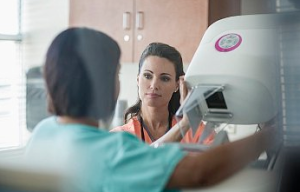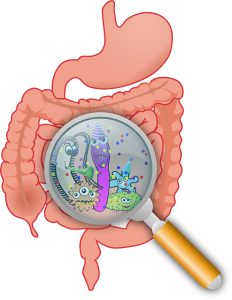 Being pregnant doesn’t mean you are simply “eating for two.” The moment you become pregnant, you are drinking, breathing, exercising, and living for yourself and another precious life, asserts Marla Ahlgrimm. It’s vital to the health of your baby to carefully consider what you do to your body. Everything you take in, from asparagus to alcohol, goes directly to your unborn baby.
Being pregnant doesn’t mean you are simply “eating for two.” The moment you become pregnant, you are drinking, breathing, exercising, and living for yourself and another precious life, asserts Marla Ahlgrimm. It’s vital to the health of your baby to carefully consider what you do to your body. Everything you take in, from asparagus to alcohol, goes directly to your unborn baby.
Smoking
Smoking can affect the reproductive system before conception. Marla Ahlgrimm explains that smoking can make it more difficult for a woman to get pregnant. During pregnancy, the toxins in cigarette smoke can cause problems with the placenta, premature birth, low birth weight, and miscarriage. Smoking during and after pregnancy has been found to be a risk factor for sudden infant death syndrome (SIDS). Babies born to mothers who smoke during pregnancy are more likely to have a cleft palate or cleft lip. Marla Ahlgrimm explains that electronic cigarettes are not a safe alternative during pregnancy. The liquid in e-cigs contains nicotine and other harmful ingredients.
Alcohol
According to Marla Ahlgrimm, there is no safe amount of alcohol that a woman can consume while pregnant or trying to get pregnant. She stresses there is also no safe time during the pregnancy to drink. Wine, beer, and liquor are all dangerous to an unborn baby. When a mother drinks, the alcohol passes through her blood into the umbilical cord and then on to the baby. Drinking during pregnancy puts the child at a greater risk of miscarriage and stillbirth. There are a number of disabilities associated with fetal alcohol syndrome, one of the most well-known disorders affecting infants of alcoholic mothers. A few of these include:
- Small head size
- Hyperactive behavior
- Attention deficit disorder
- Impaired memory skills
- Significant learning disabilities
- Small stature
- Language delays
Drugs
Marla Ahlgrimm stresses that there are no known illegal drugs that are safe to use while pregnant. As well, many over-the-counter and prescription medications pose a high risk to an unborn baby and mother. Cocaine, for instance, can cross the placenta and may cause placental abruption and fetal or maternal death.









 There are a number of medical exams that should be performed regularly in order to keep you at your peak health, explains
There are a number of medical exams that should be performed regularly in order to keep you at your peak health, explains 
 Women take note: your doctor isn’t someone you should only visit when you’re ill.
Women take note: your doctor isn’t someone you should only visit when you’re ill. 
 An occasional upset stomach, constipation, heartburn, or diarrhea is likely nothing of concern, says women’s healthcare expert
An occasional upset stomach, constipation, heartburn, or diarrhea is likely nothing of concern, says women’s healthcare expert 
 Feet are at the bottom of the totem pole when it comes to women’s health concerns, says
Feet are at the bottom of the totem pole when it comes to women’s health concerns, says 
 Sleeping and sex. These are the only two activities that should happen in the bed, says women’s health expert
Sleeping and sex. These are the only two activities that should happen in the bed, says women’s health expert 





 Marla Ahlgrimm has co-authored two ground-breaking books,
Marla Ahlgrimm has co-authored two ground-breaking books,